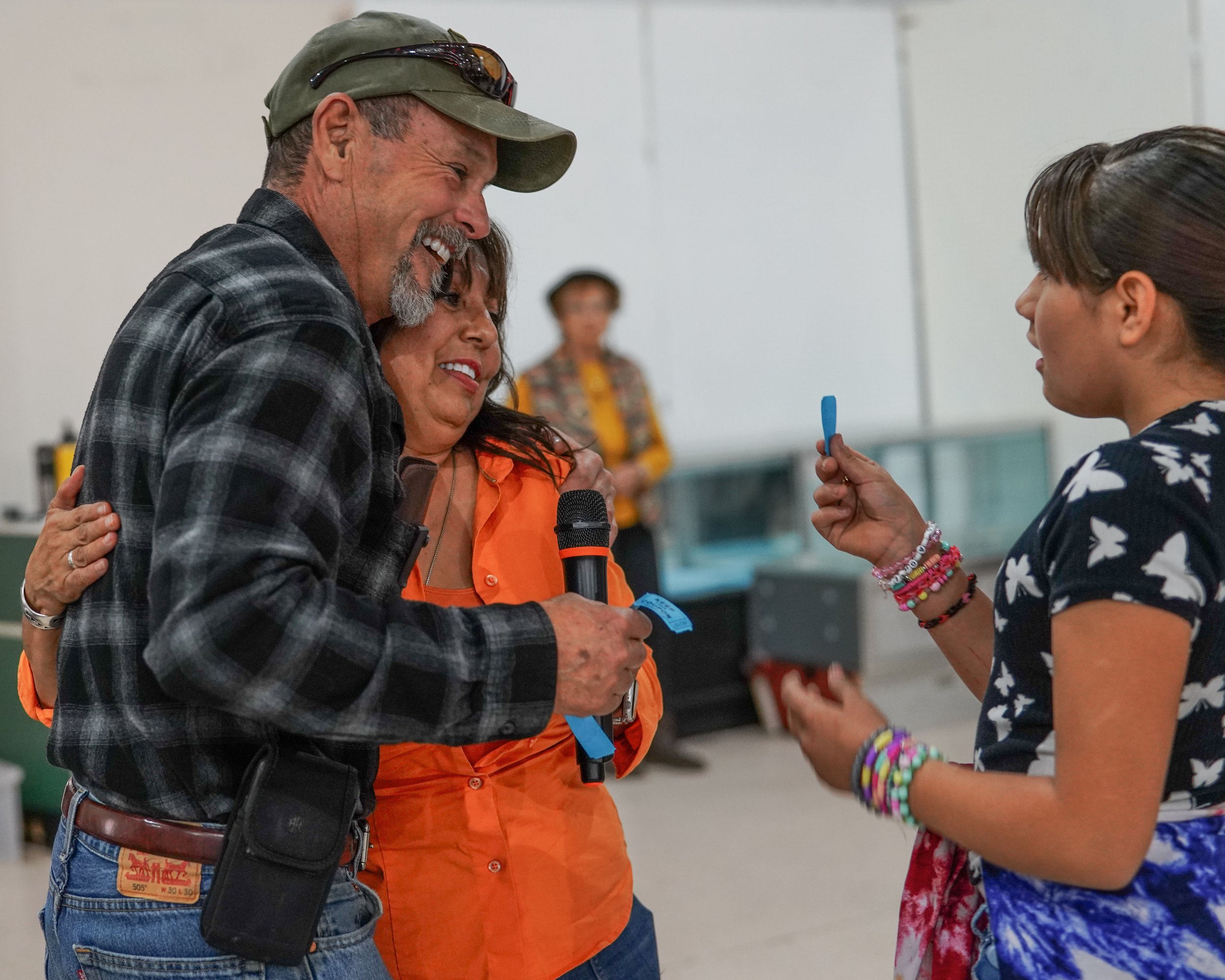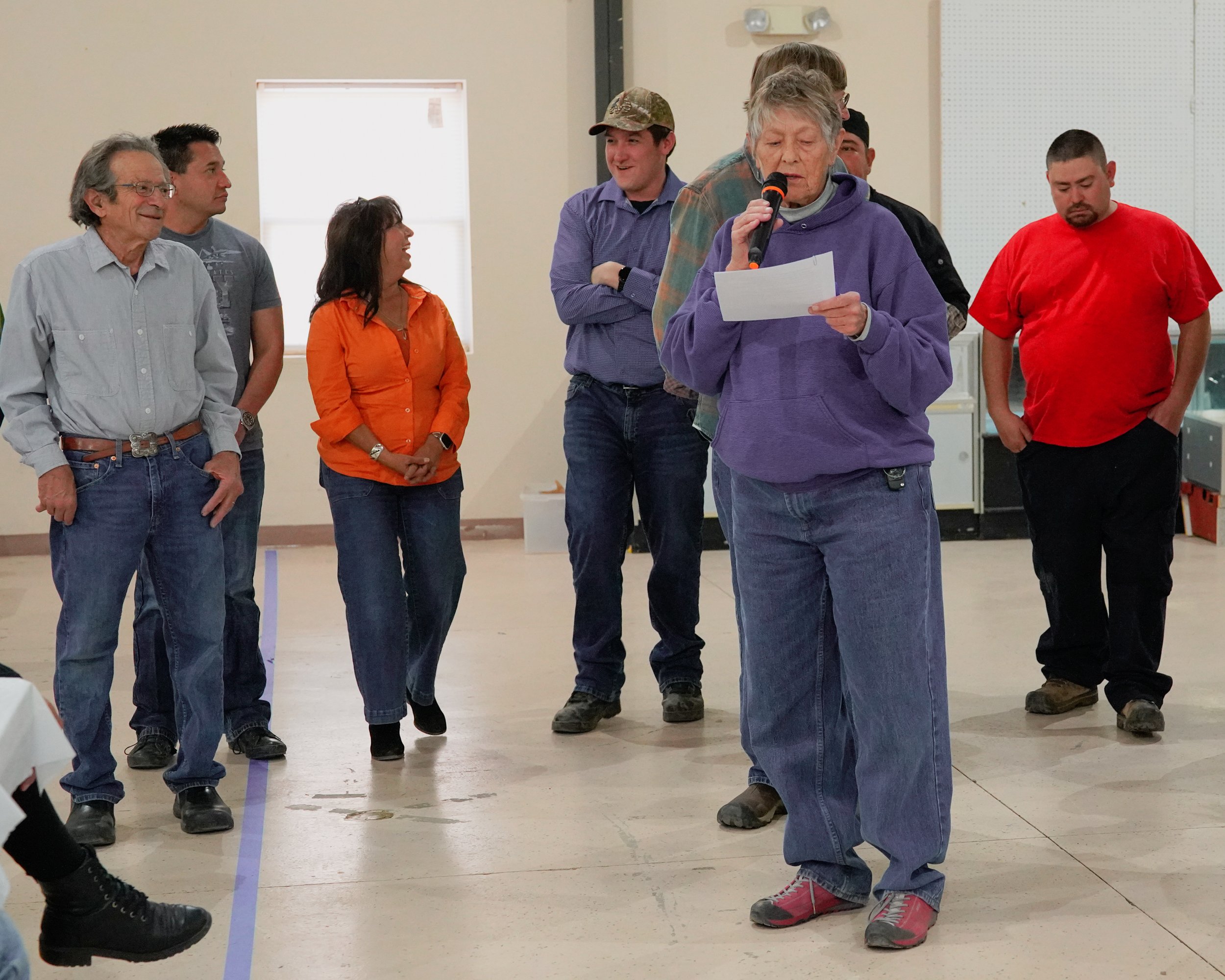Archive of Past Events
April 27, 2025 Ranchos de Taos Neighborhood Association Annual Meeting
The Annual meeting was held at the Talpa Community Center with speaking guests that included State Senator Roberto “Bobby” Gonzales, State Representative Kristina Ortez, County Commission Chair Ron Mascareñas and Commissioners F.R. Bob Romero and Darlene Vigil.
You can listen to this year’s meeting on the KCEI April 2025 website: Here
Photos courtesy of Brian J Lewis
January 1, 2024 Los Comanches New Years Celebration
Every year, Los Comanches de la Serna visit households in Talpa, Llano Quemado, Ranchos de Taos and La Cordillera to bless the New Year and the residents of the Ranchos Valley. This year the dancers, singers and drummers of Los Comanches and their neighbors gathered for a celebratory meal at the Talpa Community Center where the group was honored for their cultural contributions to the community. Here, Los Comanches are performing traditional songs and dances once again, at homes in Talpa, January 1, 2024.
See additional 2024 Comanche performances here: Comanches1 Comanches2 Comanches3 Comanches4 Comanches5
November 11, 2023 Las comunidades del Valle de Los Ranchos Matanza
After nearly 1 year of being formally designated “Las comunidades del Valle de Los Ranchos, a traditional historic community” by Taos County and under state law, nearly 400 people came together from the five neighborhoods to celebrate the designation and the season.
This was all made possible with help from the Lor Foundation!
Photos courtesy of Zoë Zimmerman
April 16, 2023 First Annual State of Taos County Address
The first annual “STATE OF TAOS COUNTY ADDRESS AND CONVERSATION” with District 3 Commissioner Darlene J. Vigil, April 16th, 2023 at the Talpa Community Center: State of the County Address, April 2023


























